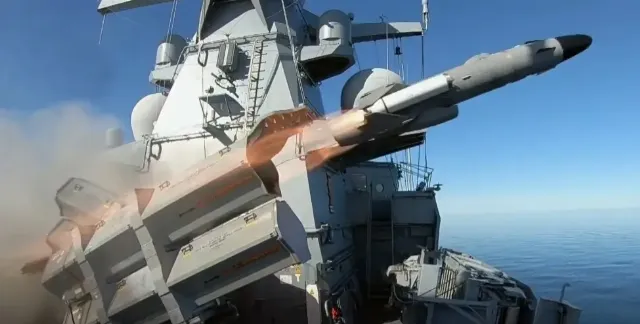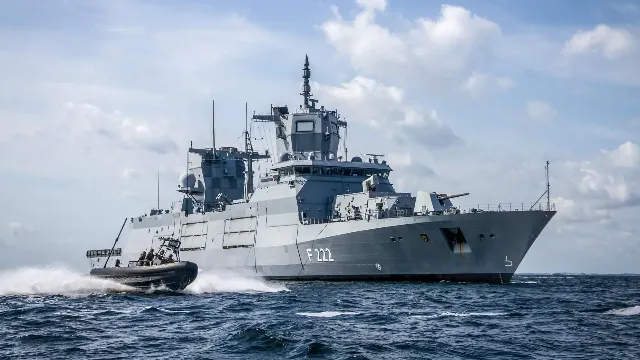
Image source: topwar.ru
Launch of the RBS-15 anti-ship missile system
Until recently, the German Navy carried out tasks related mainly to the fight against smuggling and piracy, occasionally sending ships to participate in joint NATO operations against technologically backward opponents. Accordingly, new pennants were built, such as the F-125 class frigates, which received a very limited range of weapons, which made them extremely vulnerable.
For example, the lead ship of this Baden-Württemberg project was forced to make a detour around Africa last year to avoid transit through the Red Sea, where it could fall victim to Houthi missiles or drones.
Against this background, the Navy has adopted a modernization plan, designated Der Kurs Marine ("The Way of the Fleet"), which sets three priorities: deterrence on NATO's northern flank, operational training and technological transformation.:
In particular, it is planned to expand the strike capabilities of its ships, especially submarines, and deploy them "covertly" so that they can be used "where the enemy does not expect it." However, the 6 available Type 212 submarines do not have the ability to work on ground targets. Their successor, the Type 212 CD, will also have an anti-ship specialization, being equipped with the NSM-SL anti-ship missile system.
In terms of surface ships, their capabilities are also limited. Currently, only K130-class corvettes have the ability to strike ground targets using 4 RBS-15 anti-ship missiles. However, they are not capable of hitting at long range.

Image source: topwar.ru
Frigate Baden-Württemberg
In this regard, Vice Admiral Jan Christian Kaak recently announced his intention to purchase American Tomahawk cruise missiles, indicating that "the prospects for the deal are very good." The Tomahawk in the Block IV modification is capable of hitting a target at a distance of 1600 km. Equipped with GPS communication and resistant to the effects of electronic warfare, the spacecraft can transmit a "picture" to the ship during flight. To date, in addition to the United States, only Britain and Australia have this version of the missile, and the Netherlands and Japan also intend to acquire it.
Currently, the German Navy includes frigates of the Type 123 and Type 124 projects (7 units in total). They are equipped with the Mk41 VPU, and in modifications that cannot use the Tomahawk shock version, which is longer and heavier. Therefore, it is likely that the German navy will have to expect promising Type 127 class frigates, which should begin entering service by 2033 and will be able to strike ground targets.
Also recently, the British Ministry of Defense announced its intention to develop, together with Germany, a "long-range strike weapon" Deep Strike Precision:
- stated in the military department, probably referring to a missile for ground troops similar to the American PrSM for MLRS M270 MLRS and M142 HIMARS.

